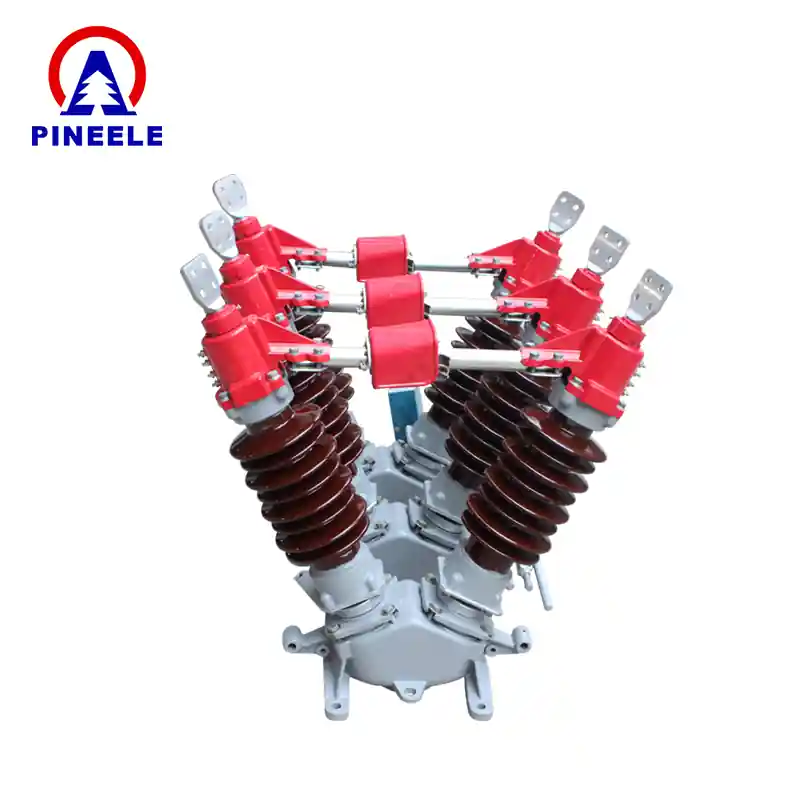
In the world of residential and light commercial electrical systems, the 100 amp disconnect plays an essential role in ensuring electrical safety, enabling maintenance, and complying with national codes. This article provides a detailed look at what a 100 amp disconnect is, where it’s used, and how to choose the right model for your needs.
What Is a 100 Amp Disconnect?
A 100 amp disconnect switch is an electrical safety device that isolates power from a particular circuit or area of a building. Rated for up to 100 amperes of current, it is ideal for small to medium-sized homes, detached garages, small outbuildings, and subpanels.
These switches can be fusible (with integrated fuses) or non-fusible, and are often used as service entrance disconnects, emergency shutoffs, or maintenance isolation switches. They are designed to comply with NEC Article 230 and help reduce the risk of electrical shock or fire.
Typical Applications of 100 Amp Disconnects
- Detached Structures: Required by code for buildings like garages or sheds with separate power.
- Subpanels: Installed when a subpanel is located remotely from the main panel.
- Small Commercial Units: Used for light-load services such as small office spaces or retail outlets.
- HVAC Systems: Provides a dedicated disconnect for heating and cooling units.
Technical Specifications
Here are the common features of a 100 amp disconnect:
- Voltage Rating: Typically 120/240V single-phase
- Interrupt Rating: 10,000 AIC or higher
- Switch Type: Fusible (adds overcurrent protection) or Non-fusible
- Mounting: Surface or flush mount
- Enclosure Rating: NEMA 1 (indoor), NEMA 3R (outdoor)
- Manual Operation
- UL Listed / CSA Certified
Some models also include options for padlockable handles, visible blade status, or auxiliary contacts.
How It Compares: 100A vs. 200A vs. 400A
| Feature | 100 Amp Disconnect | 200 Amp Disconnect | 400 Amp Disconnect |
|---|---|---|---|
| Max Current | 100A | 200A | 400A |
| Typical Use | Small homes, subpanels | Medium homes, light commercial | Industrial and large buildings |
| Size and Cost | Compact, affordable | Medium size, moderate cost | Large, higher cost |
| NEC Compliance | Required for detached units | Required for main services | Mandatory for high-load areas |
Key Considerations When Buying
Choosing the right 100 amp disconnect involves the following factors:
- Indoor vs. Outdoor: Use NEMA 3R for outdoor environments.
- Fusible vs. Non-Fusible: Fusible adds safety through overcurrent protection.
- Brand Reputation: Look for reliable manufacturers such as Siemens, Square D, Eaton, ABB, Schneider Electric.
- Installation Type: Surface mount is easier, but flush mount is neater in finished walls.
- Certifications: UL or CSA marks are essential for safety and code compliance.
Market Background & Trends
The demand for compact and affordable electrical safety solutions like the 100 amp disconnect is growing steadily. This is fueled by:
- Increasing residential energy usage
- Home additions and detached structures needing isolated power
- Strict enforcement of NEC standards
- Growth in light commercial real estate
According to data from IEEMA and Statista, the low-voltage switchgear market is expected to see a compound annual growth rate (CAGR) of 4.7% through 2027, with disconnect switches contributing a significant share.
Frequently Asked Questions (FAQ)
A: Yes, NEC requires a disconnect for structures supplied by feeders from a main building.
A: While allowed in some jurisdictions, it’s safest to use a licensed electrician to ensure code compliance and proper grounding.
A: Fusible disconnects contain fuses that provide short-circuit protection. Non-fusible ones do not, relying on upstream protection.
The 100 amp disconnect is an efficient and practical solution for managing electrical circuits in homes and light-duty commercial settings. Whether you’re wiring a new garage, upgrading a subpanel, or installing HVAC systems, a properly selected and installed disconnect enhances both safety and performance.
Get a printable version of this page as a PDF.